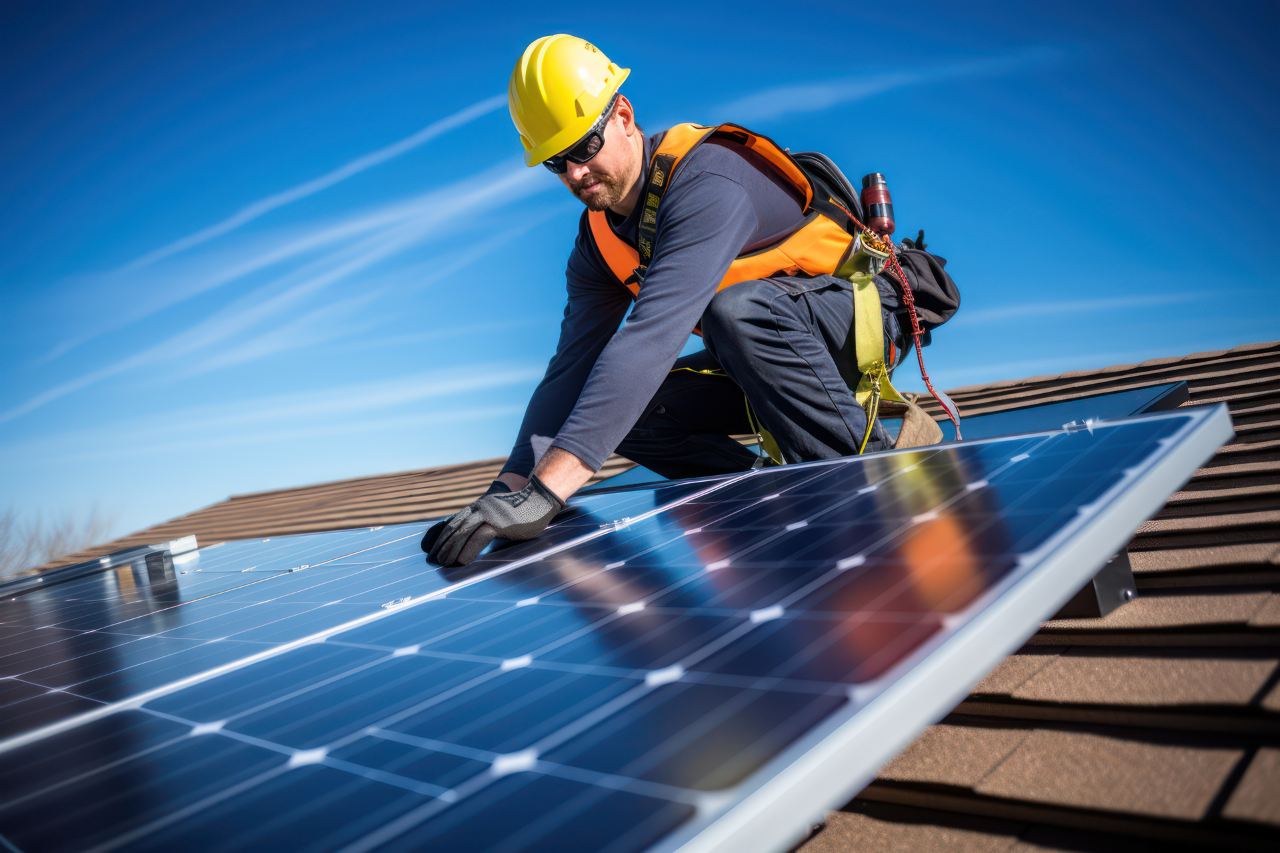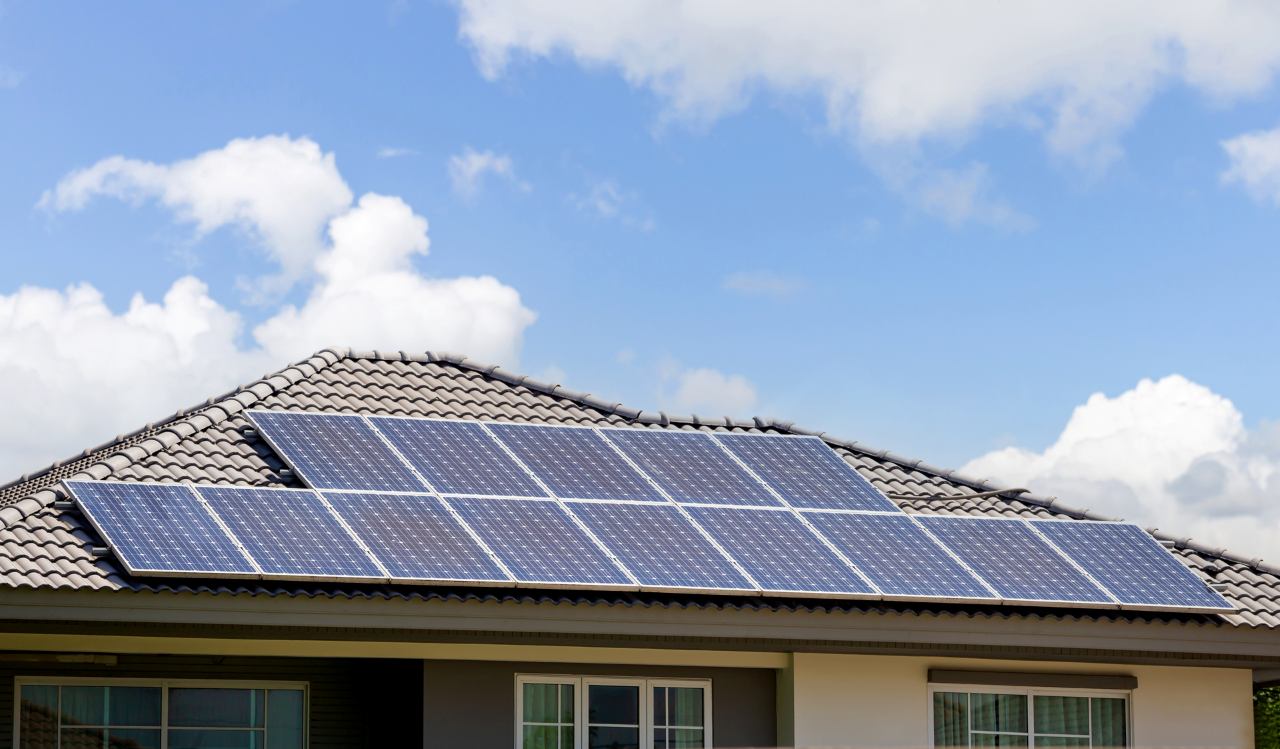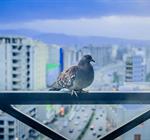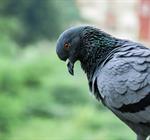
22 Sep 2025 | Apex Environmental Services (UK) Ltd
How to Bird-Proof Your Solar Panels: A Step-by-Step Guide
Solar panels are a smart investment, but birds - especially pigeons - can turn them into an expensive headache. Nesting underneath creates mess, damages wiring, and reduces efficiency. Worse, once a few pigeons settle in, the rest tend to follow. Bird-proofing your panels is less about aesthetics and more about protecting both your energy output and your wallet. Here’s a clear step-by-step guide to keeping unwanted guests away.
Why Bird-Proofing Matters
Before the how, let’s tackle the why. Birds nesting under solar panels bring several issues:
- Reduced efficiency – droppings block sunlight and lower power output.
- Damage to panels and wiring – nests trap moisture, cause overheating, and risk electrical faults.
- Health hazards – droppings carry bacteria and can spread disease.
- Noise and mess – scratching, cooing, and debris that ends up across your roof and driveway.
Prevention is easier than cleaning up years of damage. Once pigeons view your panels as home, persuading them to leave is a lot harder.
Step 1: Inspect Your Panels
Start with a thorough inspection. Check underneath and around the frames for nesting material, droppings, or feathers. If you spot active nests, it’s important to remember that disturbing them may be illegal depending on the bird species and season. In such cases, call in a professional to handle removal safely and legally.
If your panels are clear, you’re in an excellent position to act before birds establish themselves.
Step 2: Clean the Area
Bird-proofing works best on a clean slate. Remove any debris, wash away droppings, and clear leaves or twigs. This not only reduces attraction but ensures adhesives and fittings will bond properly. For safety reasons, avoid climbing onto your roof without proper equipment - use professional cleaning services if needed.
Step 3: Choose Your Bird-Proofing Method
There’s no one-size-fits-all solution, but the most effective options include:
- Mesh barriers – metal or coated mesh attached around the perimeter of panels, physically blocking entry.
- Netting systems – suspended over panels to prevent access, especially useful in high-pressure pigeon areas.
- Spikes or strips – used selectively to stop birds landing near panels.
For a closer look at practical netting methods, see our guide on installing bird netting to protect your solar panels.
Step 4: Install the Barriers
Most homeowners choose mesh clips that attach directly to the panel frames without drilling. This avoids voiding warranties while still creating a secure barrier. Netting requires a different setup, with tensioned cables or fixings anchored to the roof. Spikes are usually placed on ledges rather than the panels themselves, guiding birds away from your roof entirely.
Whichever option you pick, the aim is the same: no gaps, no entry points. Birds only need a small opening to squeeze through.
Step 5: Check for Weak Spots

After installation, step back and scan the entire system. Look for gaps at corners, edges, or along cabling routes. Pigeons are persistent - if they find a way in, they’ll exploit it. Even a tiny space can undo all your effort.
Step 6: Maintain Regularly
Bird-proofing isn’t “fit and forget.” While the systems are long-lasting, weather and time can loosen fixings or create new vulnerabilities. Inspect your panels at least twice a year, ideally before and after nesting season. Clear away leaves, debris, or anything that might weaken the barriers.
Step 7: Consider Professional Installation
DIY can work, but not every roof is safe or suitable for self-installation. Sloped roofs, fragile tiles, or hard-to-reach panels pose risks. Professional installers bring safety equipment, expertise, and products designed for durability. They’ll also know how to fit barriers without invalidating your solar panel warranty.
For larger buildings or persistent bird problems, professional solutions provide peace of mind - and in many cases, more cost-effective results in the long run.
Long-Term Deterrents
If your property is in a high-pressure area (think city centres or near roosting spots), you might need more robust measures. Anti-bird netting is one of the most effective long-term deterrents against pigeons. Properly fitted, it creates a physical barrier that pigeons simply can’t penetrate, protecting both your panels and surrounding roof space.
Other measures - like reflective devices or ultrasonic repellents - tend to offer only short-term results. Physical barriers remain the gold standard.
Final Thoughts
Bird-proofing your solar panels is about prevention, not reaction. Once pigeons nest, removing them becomes costly and complicated. By inspecting, cleaning, and installing barriers early, you safeguard your investment and keep your panels running at maximum efficiency.
It’s not glamorous work, but it’s essential. Solar power should save you money - not end up costing extra because of droppings, nests, or chewed wiring. With the right approach - whether DIY mesh kits or professional netting - you can enjoy renewable energy without unwanted tenants roosting overhead.


